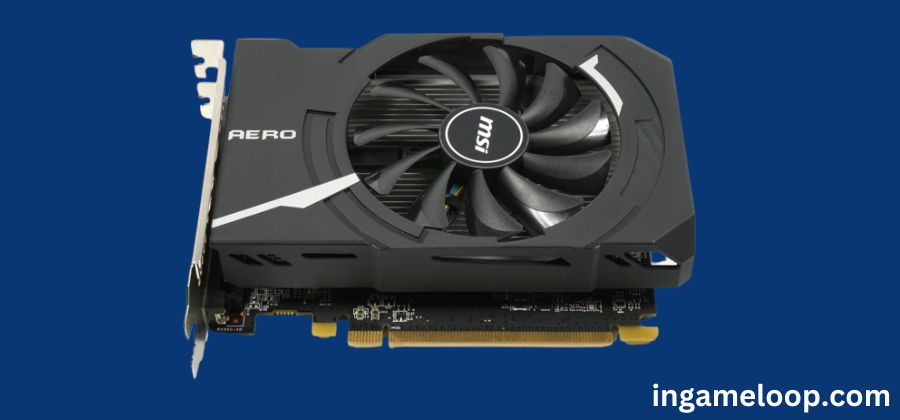
In a move that showcases China’s determination to reduce its reliance on foreign technology and promote self-sufficiency, Loongson Technology, one of China’s prominent fabless chipmakers, has unveiled plans for a new graphics processing unit (GPU) known as the 9A1000. This GPU is generating considerable interest, as it promises to deliver performance comparable to the AMD Radeon RX 550, a budget-friendly graphics card that hit the market six years ago. While it might not be on par with high-end gaming GPUs, the 9A1000 signifies a significant step forward for China’s domestic GPU industry.
During the company’s third-quarter earnings call, Loongson Technology provided an update on the 9A1000, shedding light on its performance capabilities and its potential role in China’s tech landscape. According to Hu Weiwu, the founder of Loongson, the 9A1000 aims to match the performance of the Radeon RX 550, which offers around 1.2 teraflops of FP32 (floating-point) performance. This projection indicates that the 9A1000 is designed to cater to entry-level gaming and other graphics-intensive applications.
What makes the 9A1000 particularly intriguing is its intended support for scientific computing and AI acceleration. Weiwu’s statement hints at an implementation similar to Nvidia’s Tensor cores, suggesting that the GPU could have broader applications beyond gaming. The integration of AI acceleration and scientific computing capabilities could make the 9A1000 a versatile solution for various industries, including research, machine learning, and more.
However, one challenge that Loongson may face in bringing the 9A1000 to market is the lack of access to major foundries like TSMC, Samsung, or Intel Foundry Services. To overcome this hurdle, Loongson is likely to partner with the Semiconductor Manufacturing International Corporation (SMIC) for production. While SMIC may not be on par with the industry giants, it represents an essential resource for Chinese companies striving to manufacture their own semiconductors and GPUs.
The 9A1000’s projected performance might not make it a top contender in the gaming market, especially when compared to high-end GPUs like the GeForce RTX 4090. However, for China, the emphasis is on achieving a working product that delivers respectable performance. This aligns with the country’s broader goal of reducing its dependence on foreign technology and nurturing domestic alternatives.
It’s essential to recognize that creating a competitive GPU is not just about hardware; software also plays a pivotal role. The GPU industry is characterized by complex driver support, compatibility issues, and optimization challenges. As seen in the case of Moore Threads, another Chinese chipmaker, even after initially trailing behind established GPUs like the GeForce GT 1030 in gaming performance, subsequent driver updates helped narrow the performance gap.
The current state of U.S. export restrictions on China has posed significant obstacles to the nation’s efforts to establish a robust domestic hardware industry. Several prominent Chinese tech companies, including Biren and Moore Threads, have found themselves on the U.S. Entity List, subjecting them to sanctions that restrict their access to American technology and components. This has led to downsizing and layoffs in these companies, making the development of graphics cards and other advanced technologies a challenging endeavor.
The announcement of the 9A1000 GPU and its anticipated 2025 release date showcases China’s determination to overcome these challenges and make strides in the tech industry. While the performance target is not at the bleeding edge of GPU technology, it represents a significant achievement in China’s quest for technological independence. As the nation’s semiconductor and GPU industries continue to evolve, it will be fascinating to see how the 9A1000 performs and how it contributes to China’s growing presence in the global tech market.
Loongson Technology’s unveiling of the 9A1000 GPU, with its promise of performance comparable to the AMD Radeon RX 550, is a testament to China’s ambition to reduce its reliance on foreign technology. With support for scientific computing and AI acceleration, the 9A1000 holds promise beyond gaming and represents a notable step forward for China’s domestic GPU industry. While challenges remain, including access to advanced foundries and software optimization, the 9A1000’s development is a significant milestone in China’s quest for technological self-sufficiency.
Related:
AMD Zen 3 CPUs and Radeon RX 6000 ‘Big Navi’ GPU revealed on 8 October
Report Suggests PS5 Pro GPU Is Comparable With Radeon RX 7800 XT







